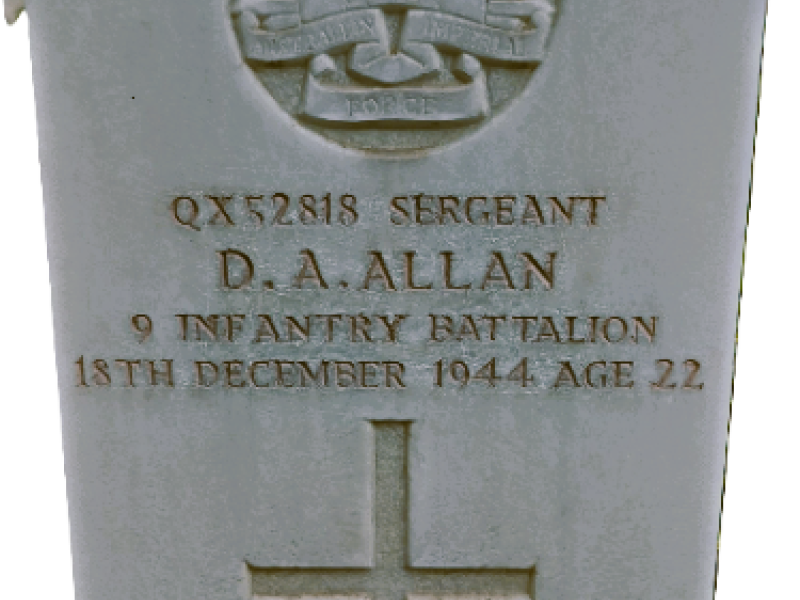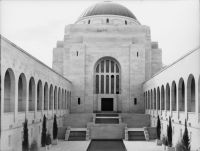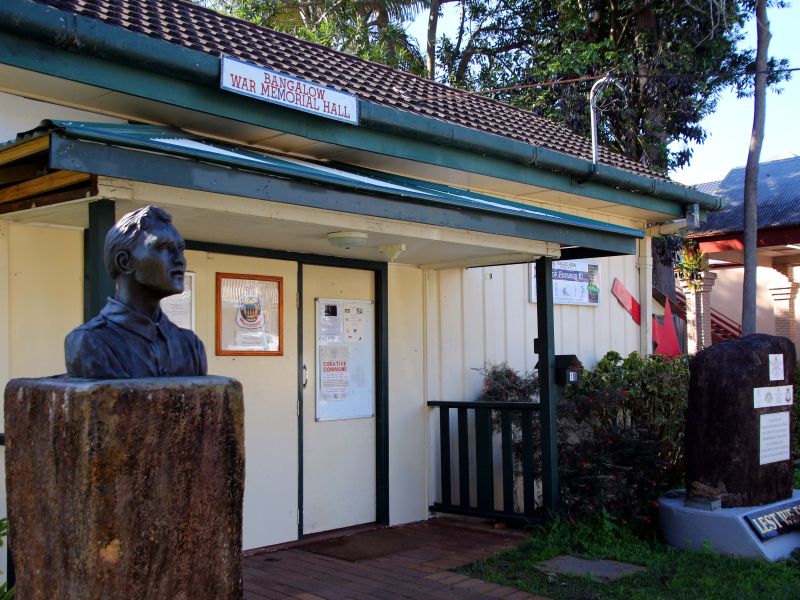Sergeant Duncan Arthur Allan, 9th Australian Infantry Battalion
Duncan Allan was born on 18 April 1922 in Bangalow, a small town in the Northern Rivers region of New South Wales, about 170 kilometres south of Brisbane. The only son born to Arthur and Jenny Allan, after schooling he went to work as a sawmill hand at Caboolture, and lived nearby in Morayfield, just north of Brisbane.
Allan had been in the senior cadets for about year and a half by the time he turned 18, at which point he transferred to the Militia, joining the 9th Battalion in September 1941.
Initially raised in Queensland for service in the First World War, the battalion later became a militia unit, and was known as the 9th Battalion AMF in order to distinguish it from the 2/9th Battalion, which had been raised in Queensland shortly after the outbreak of the Second World. While the 2/9th would fight in North Africa, the 9th AMF began by performing garrison duty in Australia. During this time Allan attended various schools of instruction and training, and on 9 September 1942 was promoted to corporal.
After a brief period of confinement brought on by an ingrown toenail, he continued duty, but in March the following year was suffering from the same problem, and had to be evacuated for treatment.
By this point, the 2/9th Battalion had returned to Australia after enduring fierce fighting, tropical diseases, and heavy casualties during the beachhead battles in New Guinea. Whether what Allan heard from the returned men convinced him to enlist for overseas service, or made him query his decision, is not known. But on 29 March 1943, at the general hospital of the 2/9th Battalion, he enlisted in the Australian Imperial Force.
After a month of leave during January and February the following year, and a promotion to sergeant in April, Allan was ready for overseas service.
On 29 August 1944 he left Cairns, arriving in Madang in early September, and from there travelled to Bougainville, landing in mid-November.
By this point in the war, the Australian military was conducting aggressive operations on Bougainville, aiming to destroy the Japanese garrison and quickly bring the campaign to a conclusion, with the aim of freeing up troops to be used elsewhere.
The 9th Battalion had just moved headquarters to the Saurage Trail area, and in late November moved again to Erie. A single shot fired from nearby Little George Hill signalled the opening of a new campaign.
On 18 December 1944, the battalion launched an attack on an enemy-held position known as Artillery Ridge. The Japanese forces were active, using grenades and machine-guns as the Australians approached. The battalion’s war diary for that day notes how the assault began: “Sergeant Allan … on the right flank was the first to move over the crest and on reaching the top, shot the [enemy machine-gunner] and was killed immediately by a shot through the head.”
The enemy was eventually mopped up, but Duncan Allan was the first of five Australians to die during the operation.
He was buried nearby, but after the war his remains were reburied at Torokina War Cemetery, where they now lie under the epitaph chosen by his grieving family: “Ever in our thoughts”.
Posthumously Mentioned in Despatches, Duncan Allan was 22 years old.
- AWM Roll of Honour https://www.awm.gov.au/collection/R1699175

 Australian War Memorial
Australian War Memorial